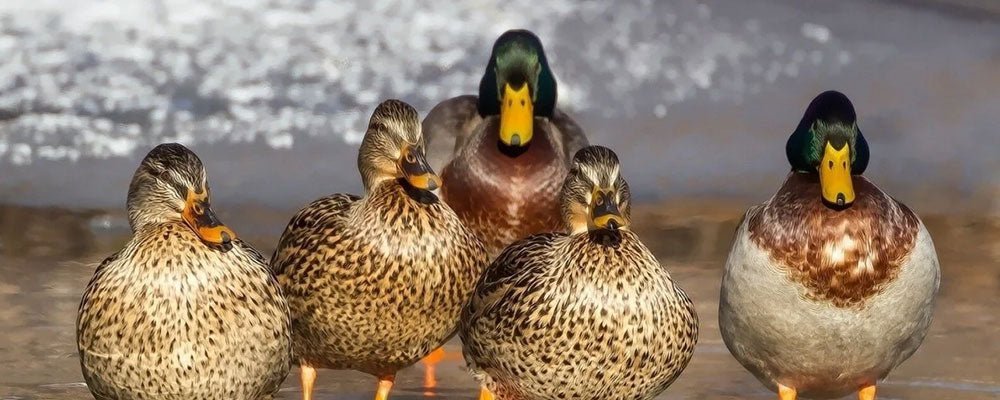
Duck Breeds - A Guide to Duck Breeds
Black duck (also, black mallard)
The black mallard, or black duck, is very similar to the mallard in some respects, but there is a difference as the bill is exactly the same size and shape as the Mallard, but it is different in colour.
Whereas the female mallard has an orange bill with a dark saddle on top, the female black duck has a greenish bill with a dark saddle on top. The black ducks are also slightly larger and heavier than the mallards. Black ducks normally float higher in the water than mallards and their shape is not the same on the water as mallards as well.
Black ducks are the only species of ducks with which most people have difficulty telling the mature males from the females. In the wild, black ducks are normally more wary and elusive than mallards and more nervous by comparison. There is more cross-breeding between the two species than with any other combination. Generally, the offspring of crossbreeding are sterile- perhaps nature's way of ensuring the purity and perpetuation of the species.
Black ducks are unmistakable in the air by their total dark colour, including the belly. Only the head and underwing are of lighter colours. On both males and females each feather of the body is edged in a light colour. Males of other species do not have this light-coloured edging on their feathers and this makes the study of their feathers more difficult since it is harder to differentiate their feathers.
Blue-winged teal duck
Blue-winged teal ducks are the first to migrate south in the early fall and among the last to come back north again. This species migrates southward as far as South America every autumn, but large numbers of them may stay in the southern regions of the United States and Mexico.
The species, as a whole, just does not care for cold weather. They inhabit the eastern and midwestern areas of the United States but are just rare visitors to the far west regions. In the spring they normally do not migrate as far north for breeding as many other species.
Blue-winged Teals feed by dabbling on the surface for food or by reaching down as far as the neck allows, but rarely tip to feed as many other puddle ducks do. They are larger than the Green-winged Teal and, on the water, present a long, low profile.
In the late autumn and early winter, the males and females are very similar in appearance. The sexes are very easy to distinguish, however, by the markings on the wing. The males have line of solid white greater coverts and the females have a line of mottled greater coverts. The bills are smaller on the females and usually have a few dark dots on the rear lower region of the upper mandible. By midwinter the plumage of the males has changed completely and is not even similar to the colours we see in the fall migration. The female retains her appearance, however.
Bufflehead ducks
Artists have tried to capture the vivid colours beautiful multi-iridescence of the colours on the head of bufflehead ducks. The back of the male is black - a velvet black that seems to absorb the light without reflection. The white on the male is the same as whites on most ducks and could be considered pearlescent in nature. This would give it the very reflective white colour that we see in the wild. The feet of the adult male are fascinating because they are a fleshy pink colour and really oversized for a small duck. The Bufflehead duck’s tail is much longer than the tail of other divers-even the large ones.
In all probability, it is because the bufflehead ducks nest in trees and need long tails for better aerial manoeuvring. All duck species that nest in trees have longer tails. The female Bufflehead is probably the smallest of the ducks on the North American continent although it is in a close race with the Green-winged Teal female. The immature Bufflehead males look very much like the females until the males attain their full adult colour in their second year.
Canvasback ducks
Also known as the King of Ducks, in the air, the Canvasback ducks are streamlined and look like miniature feathered jets on a windy day. The Canvasback male has white over most of the body except for the breast and rear. This white is a very reflective, pearlescent colour and diminishes greatly upon death due to the matting of the feathers. The darker marks of vermiculation on the white are structured more in a dot fashion than bar like as on other ducks.
The smaller size of these dots and the larger spaces between them give the Canvasback its white appearance. The same colours on the feathers of another duck with the longer bar vermiculated markings and less space between them would give an overall grey appearance. One of the interesting facts about the Canvasback duck migration is that the majority of them fly eastward to the Chesapeake Bay area and there are still some that fly farther south to Mexico.
Gadwall ducks
The Gadwall is also known as the Grey Duck, and the subdued overall colour gives the duck its deserved nickname. However, a male Gadwall duck is a very beautiful bird upon close examination and has far more vivid colour than you might first realise.
In the courtship, the males can change the shape of their head drastically as they try to impress the females. The female Gadwalls and the female Mallards both have an orange-coloured bill, but that is where the similarity ends. The bills are different in size and shape, the wing markings are not even close to being alike, nor are the feather markings and colourations. The female Gadwall has some dark dots on the lower part of the upper mandible, but the similar immature male does not usually have these spots.
Goldeneye ducks
In flight, the wings of a goldeneye duck make the loudest sounds of any duck and can only be described as "whistling." This noise, made by the friction of the wing feathers, can be heard from a considerable distance. The feathers of the sidepocket on the male are slimmer and come more to a point than on the males of most species of divers.
The same feathers on a female are rounded much more. The top edge of the uppermost side pocket feathers on the male is black, and the lower portion of the same feather is white. The colours are reversed on the scapulars, with the white being the upper colour and the black below. The bright white colour of the male is a very reflective pearlescent white. In hand, the female Goldeneye’s head is a coffee-coloured brown and the grey feathers with light edges.
Goldeneyes go no farther south than they have to as long as food is abundant and they seem to relish the cold with little thought of migrating to the warmer climates like other species of ducks. If they can find a little area of open water and some small fish they can catch to eat, they will remain in that area for some time. They do have some problems in small areas, though, as the blunt, rounded bills of the ducks are no match for the sharper-pointed bills of the gulls, and the gulls have little trouble making the ducks give up the food.
Green-winged teal duck
When green-winged teel duck’s flock together, they appear as if not a single one of the ducks can make up its mind and yet there is almost unison in this erratic flight behaviour of the diminutive green-winged teal. One of the world's smallest duck species, they might be expected to be fragile and to head south with their cousins, the blue-winged teals yet a minority do remain throughout the year for reasons unknown.
The green wing is a puddle duck and, on the ground, they walk with short choppy steps unlike the waddling swagger of the Mallard and larger ducks. The male green-winged teal is one of the easiest ducks to identify due to its colouration and marking because there is no other male that is similarly marked as they have a few vermiculated feathers on the back or sides that make identification positive whereas females do not have any vermiculated feathers regardless of location.
Hooded merganser duck
The hooded merganser duck is known for its slender bill with sharp lamellae with a reverse angle for grasping and holding the slippery fish. Both male and female hooded mergansers have a crest on the head. The male expands his crest during the courtship display in a number of configurations.
There are instances during this courtship display when the rear of the crest is widely expanded and looks similar to a brush from the backside. At other times the crest comes to a point in the rear.
The female's crest is displayed more in times of excitement and nervousness than during courtship. The hooded mergansers is one of the tree-nesting ducks, along with the wood duck, goldeneye, and bufflehead duck. All four species have longer tails than other species as a consequence.
Pintail duck
The male pintail duck is sleek, streamlined, and graceful in the air and easily identified - even by the most inexperienced bird-watchers. The long spikes of the tail that give the name to the species trail visibly in the air even when viewed at a distance.
The long, thin neck quickly adds to the positive identification. Although colours such as grey, black, and brown are often characterized as being drab, the brilliant white breast and light accent on the Pintail's back feathers create a beautiful contrast and design.
The scapular feathers that hang over the rear back are among the most differently designed feathers that have seen on ducks. The white stripe that angles up the head from the neck and breast is normally depicted by most artists as hooking toward the eyes.
When the male is in flight this white accent line does appear to point toward the eye; however, in reality it hooks to the rear behind the head. When pintails join other species in the air, their sleek design sets them visibly apart.
The female pintail is one of the most beautiful duck as she is very subdued in overall colour, but the accent markings on the feathers are very vivid. The combination of colour and markings gives her a very soft appearance. Pintails are noted for their vocalizations that sound like a whistle. Most hunters can effectively call them without the aid of a duck call by just giving a short whistle. They are very wary, however, and may circle many times before deciding to land or to move on.
Redhead ducks
The redhead duck is often confused with the canvasback duck, but really should not be because they do not resemble each other at all. The closest similarity would be in the colour of the head, and even there the difference is quite noticeable. The male redhead duck has bright yellow eyes whereas the male canvasback has red eyes. The body of the Redhead is grey whereas the body of the Canvasback is predominately white. The female Redheads have little or no dotted vermiculation such as other diver females have. They do have one feature, though, in that there is a noticeable crease in the centre of the crown of the female redheads.
Ruddy ducks
The clowns of the duck world, ruddy duck are very small, characterful and outgoing ducks. On land ruddy ducks, which are natural divers, have a very difficult time walking on land and does more scooting around than actual walking until it gets used to the conditions. In the wild, ruddy ducks have little reason to move about on land for any length of time as they depend on water for food and protection.
The legs are long for their size, and their feet are huge in comparison to other ducks with the legs being placed to the rear of the body, the centre of gravity is too far forward to walk comfortably. But this placement is a real asset for the duck in the water as the feet are extended above and to the rear diving. This forces the head and body down for the duck to dive. In order to dive to any depth, many ducks use their wings underwater for power strokes and the feet above the body to keep the force downward.
The courtship display of the male ruddy duck is a comical thing to watch. The diminutive male expands the wet breast feathers and then beats them with his bill to force air back out and create bubbles. This will go on for hours, even if there are no females around. Ruddy Ducks are very independent from the moment of hatching and will try to defend themselves with aggressive hisses and display within hours.
Scaup ducks
Scaup ducks are best known for their blue coloured bill than they are for the species name. The males have the blue bill, but the females have a grey-coloured bill. Scaup are frequently confused with ring-necked ducks. The easiest way to separate the males of the two species in the field is by looking at the backs (at a distance). The scaup have grey backs, and the ring-necked Ducks have black backs. There is little difficulty in distinguishing the difference between the females, however, as the scaup females have a white patch immediately behind the bill. The ring-necked females do not have any distinguishable markings on the head and are identified more by shape of the head at a distance.
Shoveler ducks
There is little reason to misidentify the shoveler in hand because of the large spatulate bill. It is the only species with the oversized bill that it derives its name from. In the early part of the migration both sexes look very much alike. The male Shoveler is slightly larger than the female during the autumn and is considerably larger in the spring. The brighter colours of the nuptial plumage in the spring may contribute to some of the visual differences, but when both sexes are close together there is an apparent difference in size.
The shoveler, a puddle duck, is a cousin to the blue-winged and cinnamon teal ducks and the female retains some of the smallness but is considerably larger than the blue-winged and cinnamon females. The bill of the male is much larger than that of the female and can be used for a nearly positive identification of the sexes, regardless of colouration. On land, the shoveler walks with breast lowered as if it is off balance and going to fall with each step.
Wood duck
The male wood duck is considered by many to be the most beautiful ducks on earth. There certainly cannot be many arguments as to the vividness of colour and design. The bright colours are accented by black and white, creating myriad colours when coupled with the many iridescent colours of the head and back.
The wood ducks, both male and female, have a blue iridescence on the primaries that is accented by a silver-white on the leading edges. The male is noted for the large crest of the head and the white throat saddle of the chin area. The male also has a fleshy red ring around the eye and multi-iridescent colours on the head. The iridescent colours on the back of the male are predominately blue, whereas the colours of the hen are an iridescent olive, orange, and violet/red.
Wood ducks in the air are characterized by their faster wingbeat, long squarish tail, and the bill angling downward. The lower part of the upper mandible is almost straight; this area held level and the elongated nail on the end of the bill help create the illusion of the bill angling downward.
Wood ducks normally nest in cavities of trees and man-made nest boxes. Since they do not carry material to build their nests, though, the cavity or box has to have material already in it for them to accept it for use.
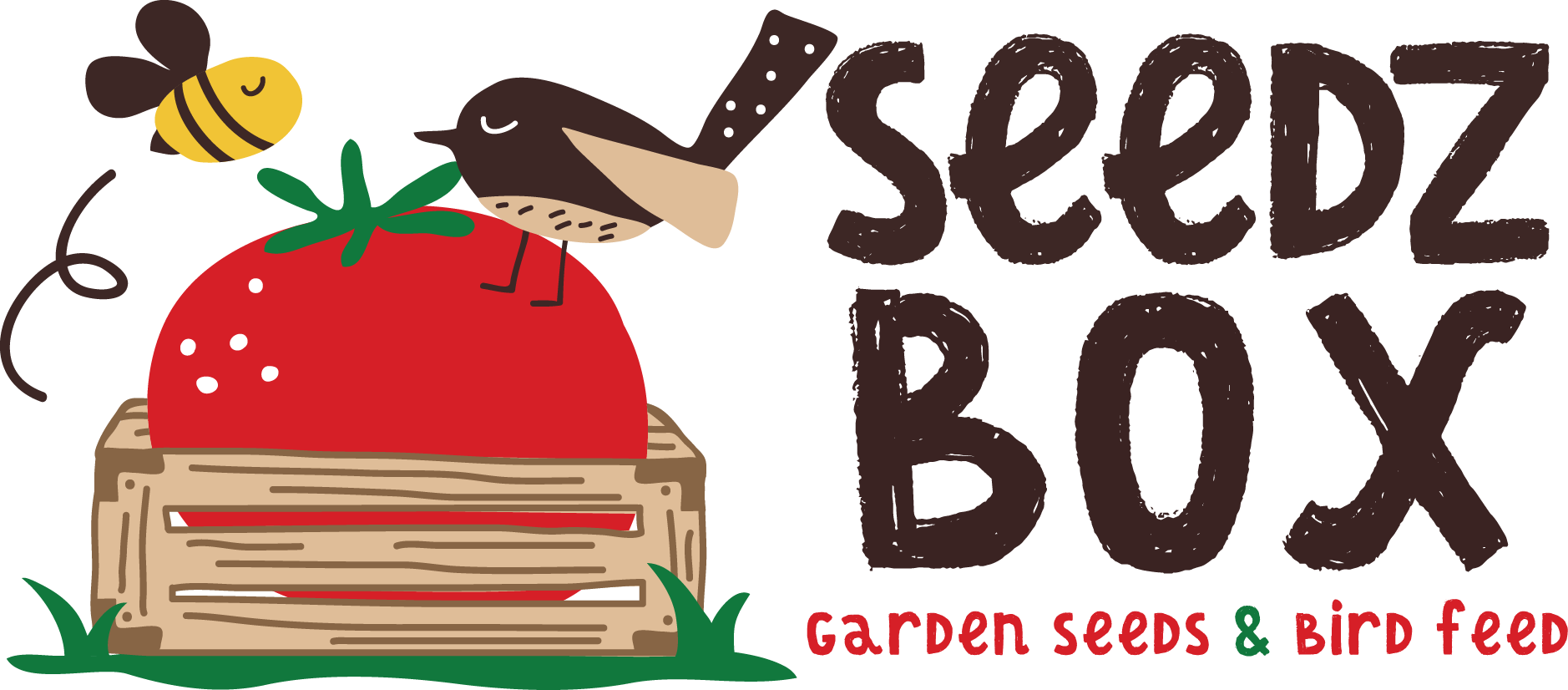
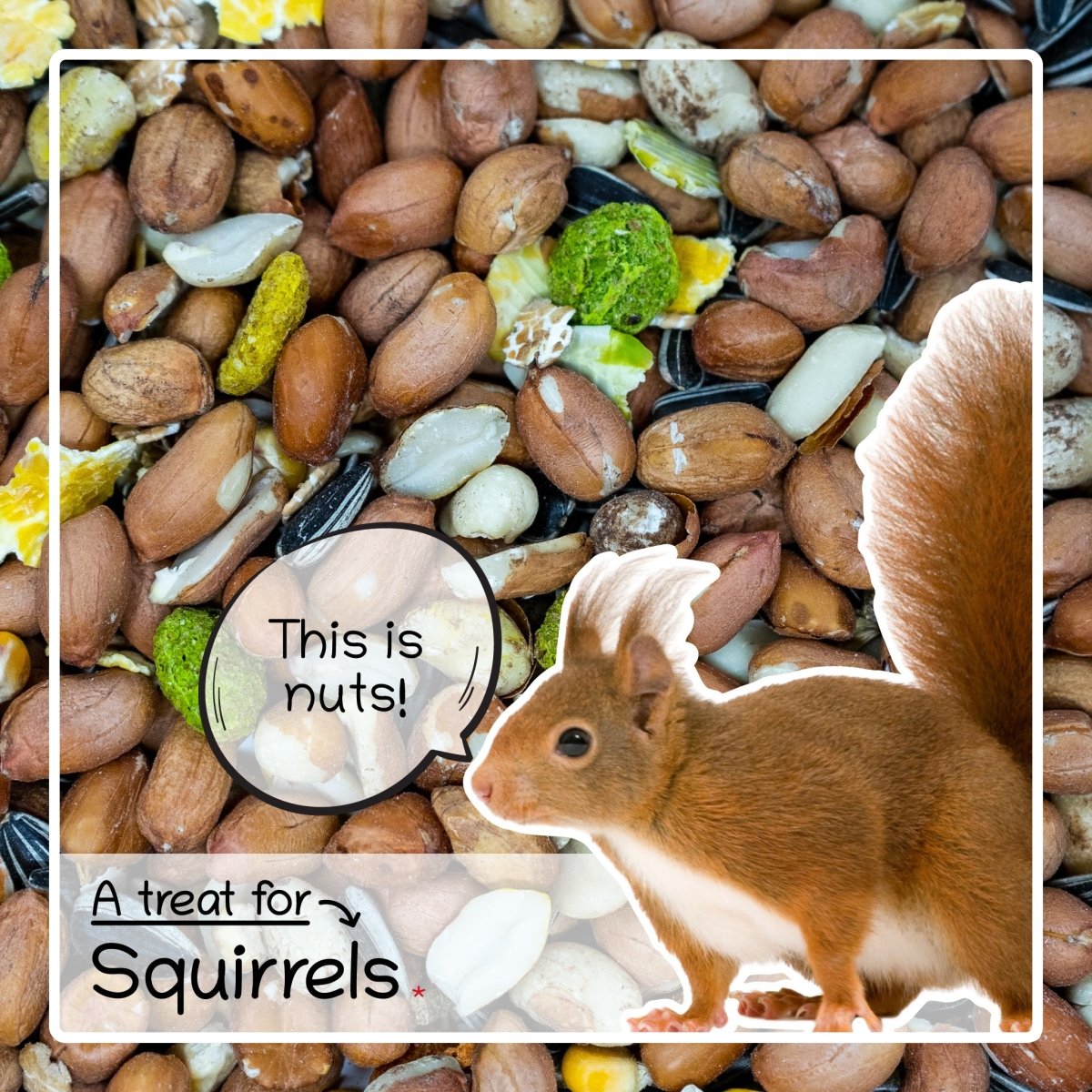
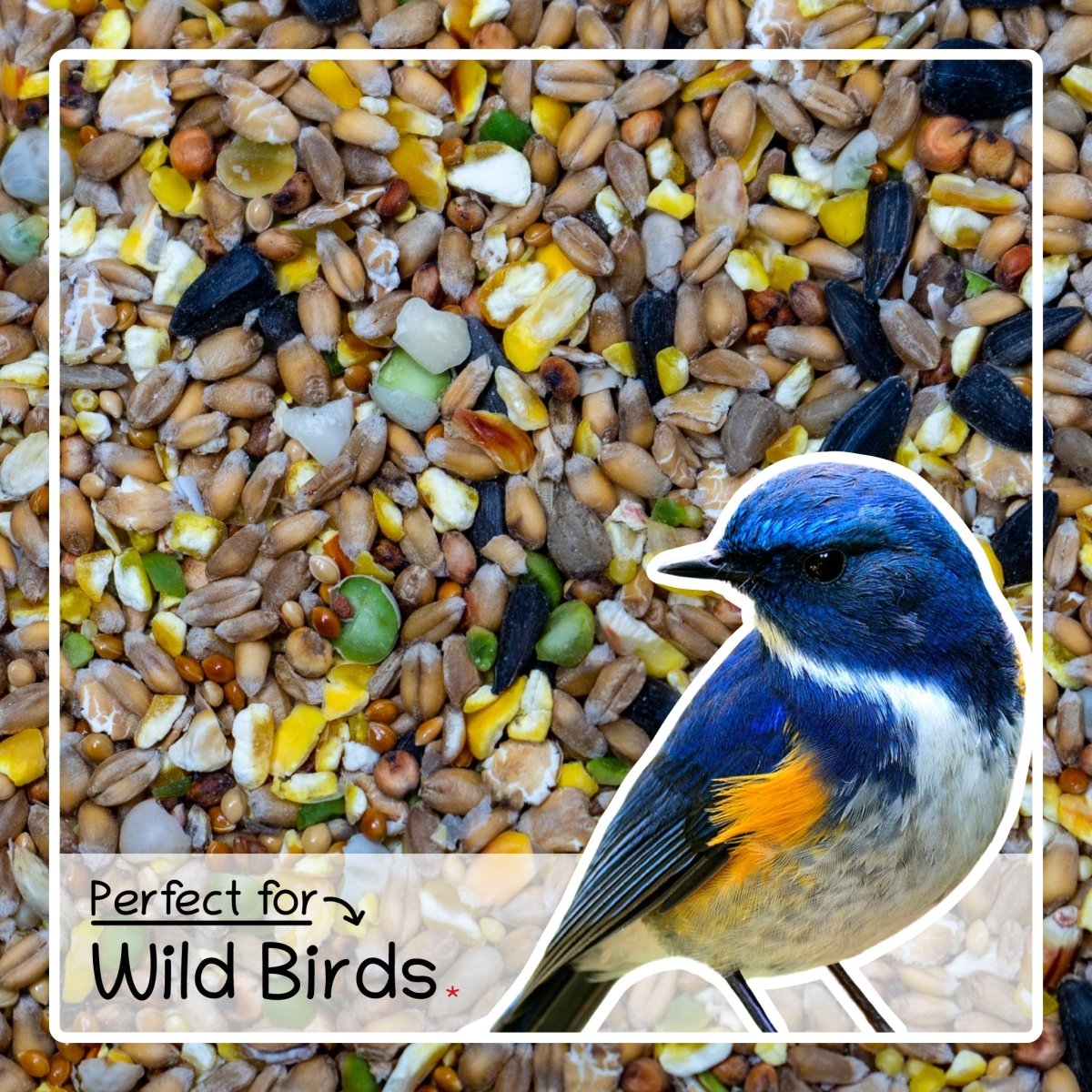
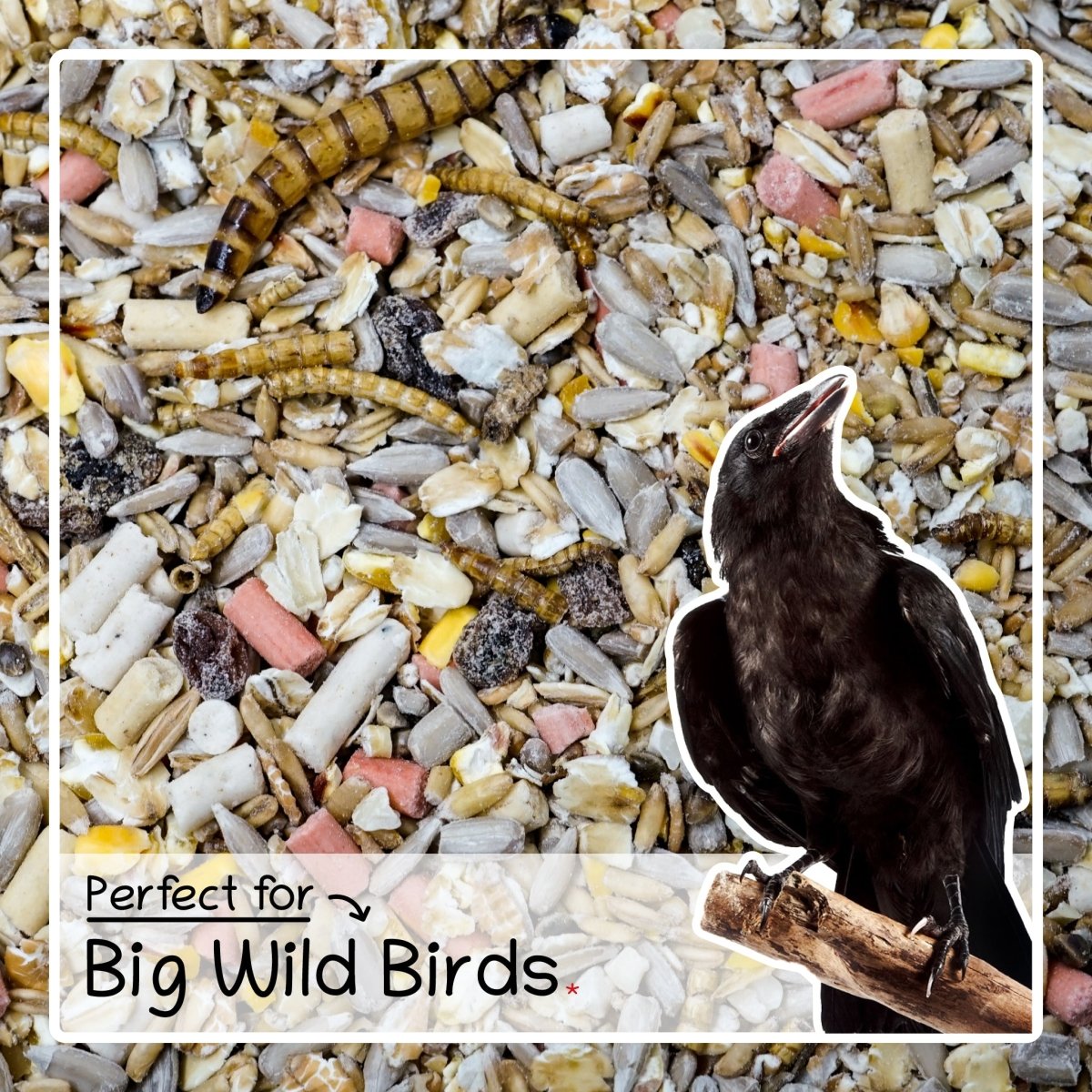
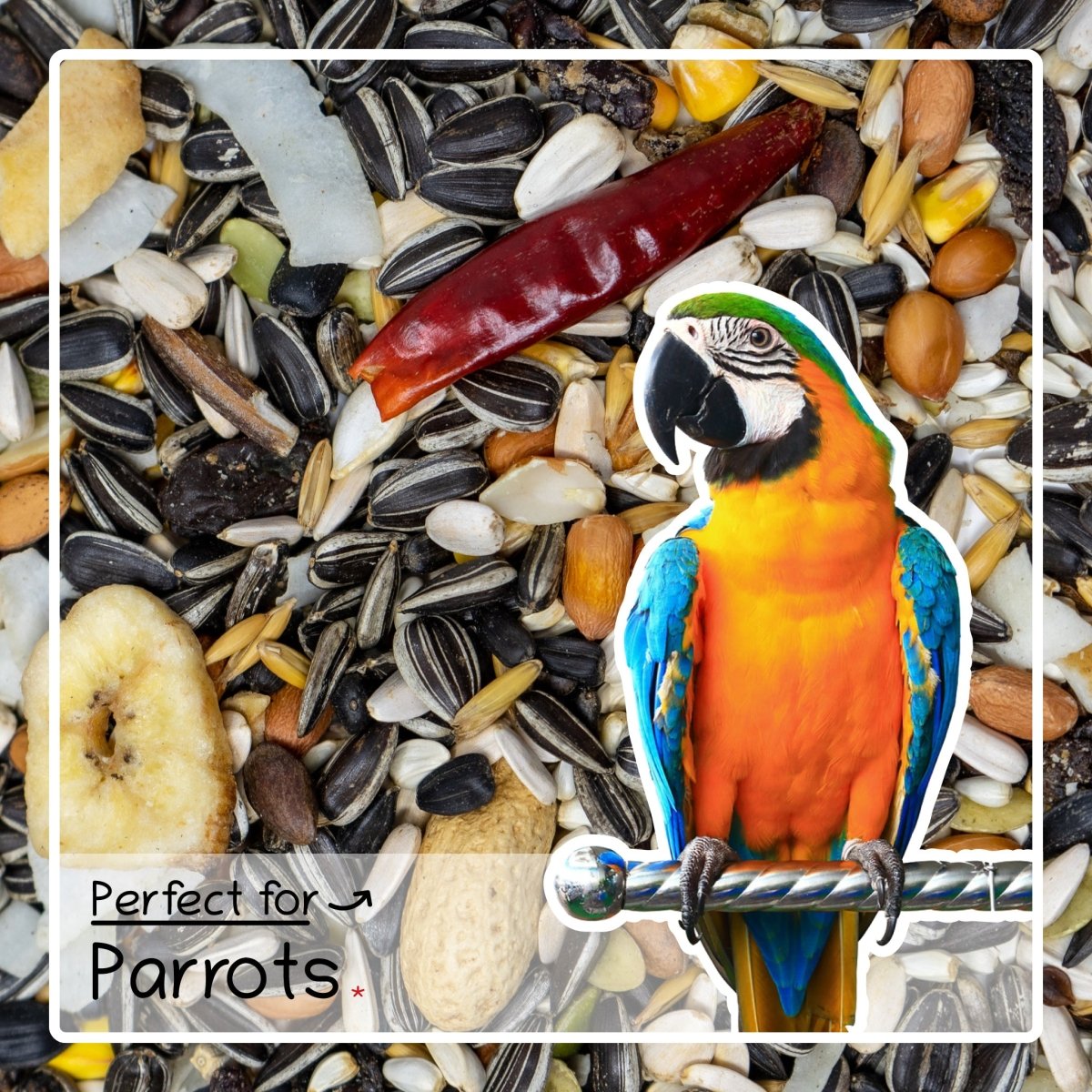
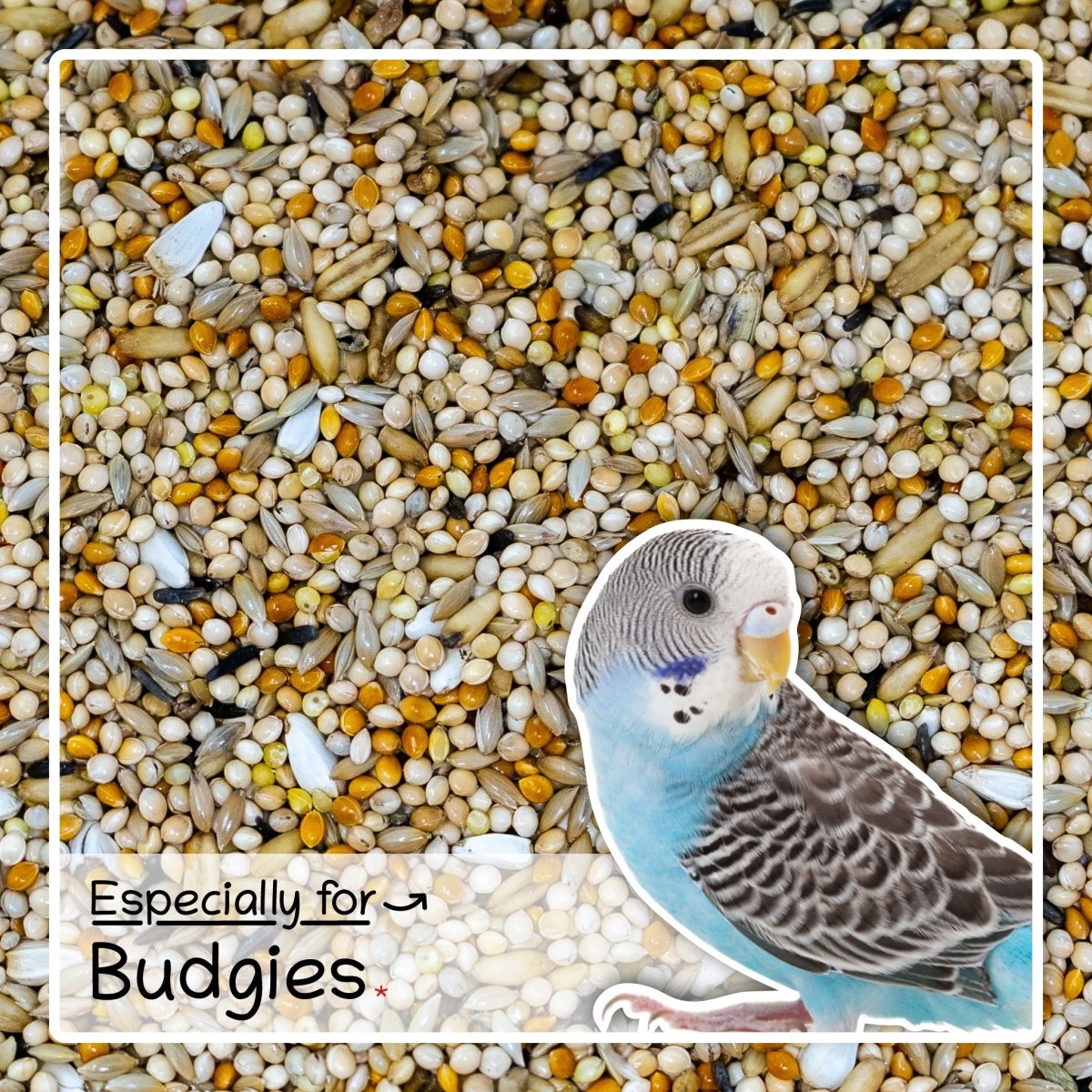
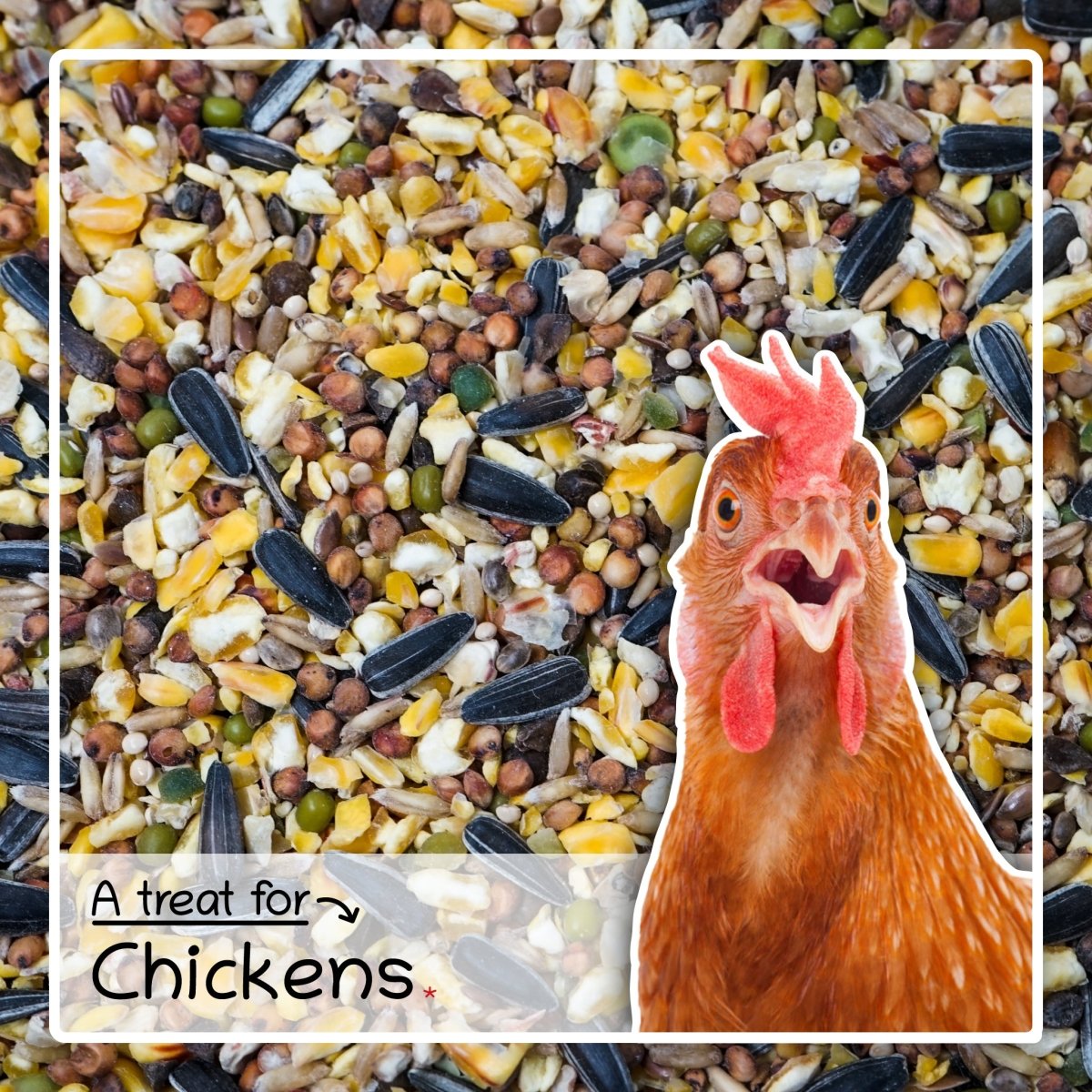
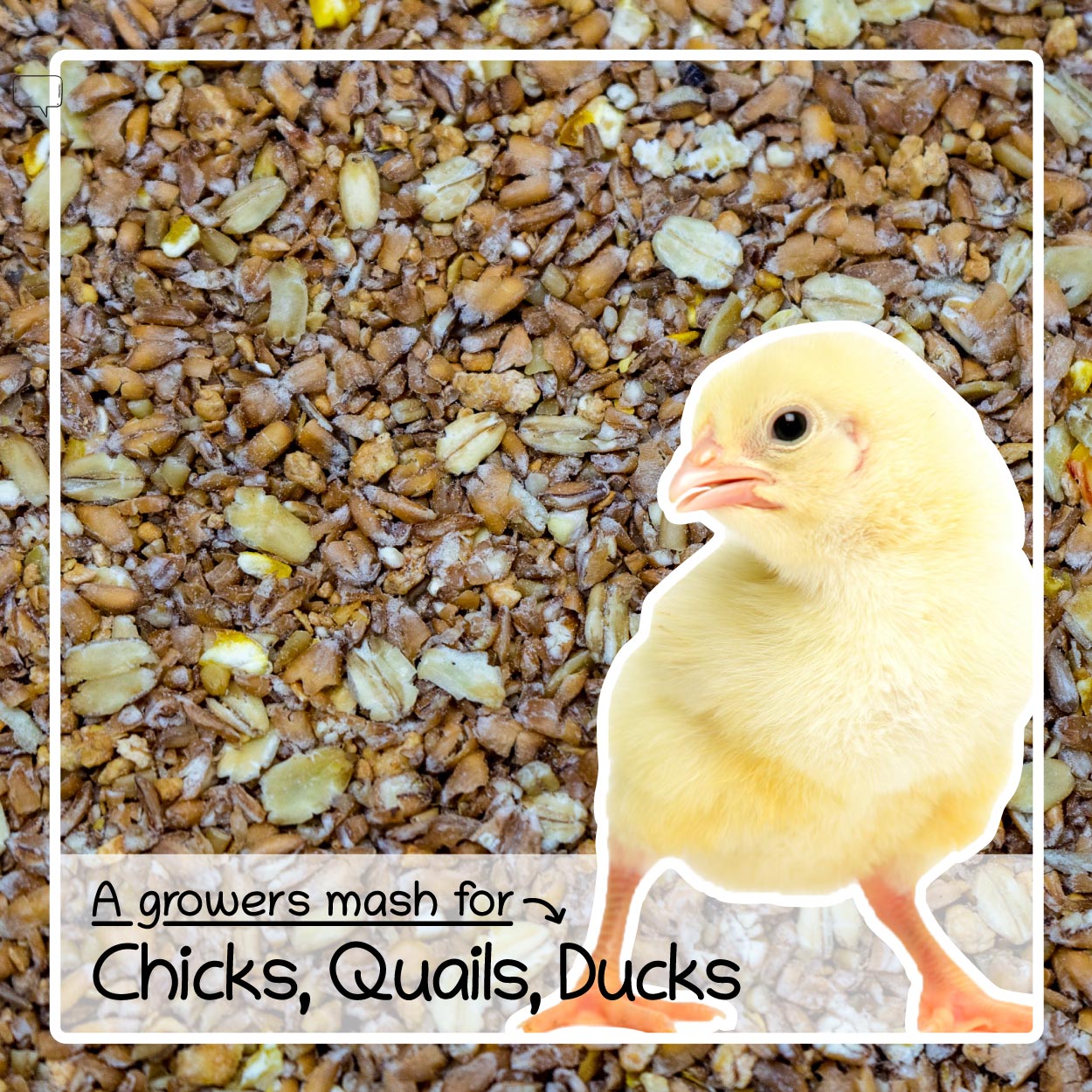
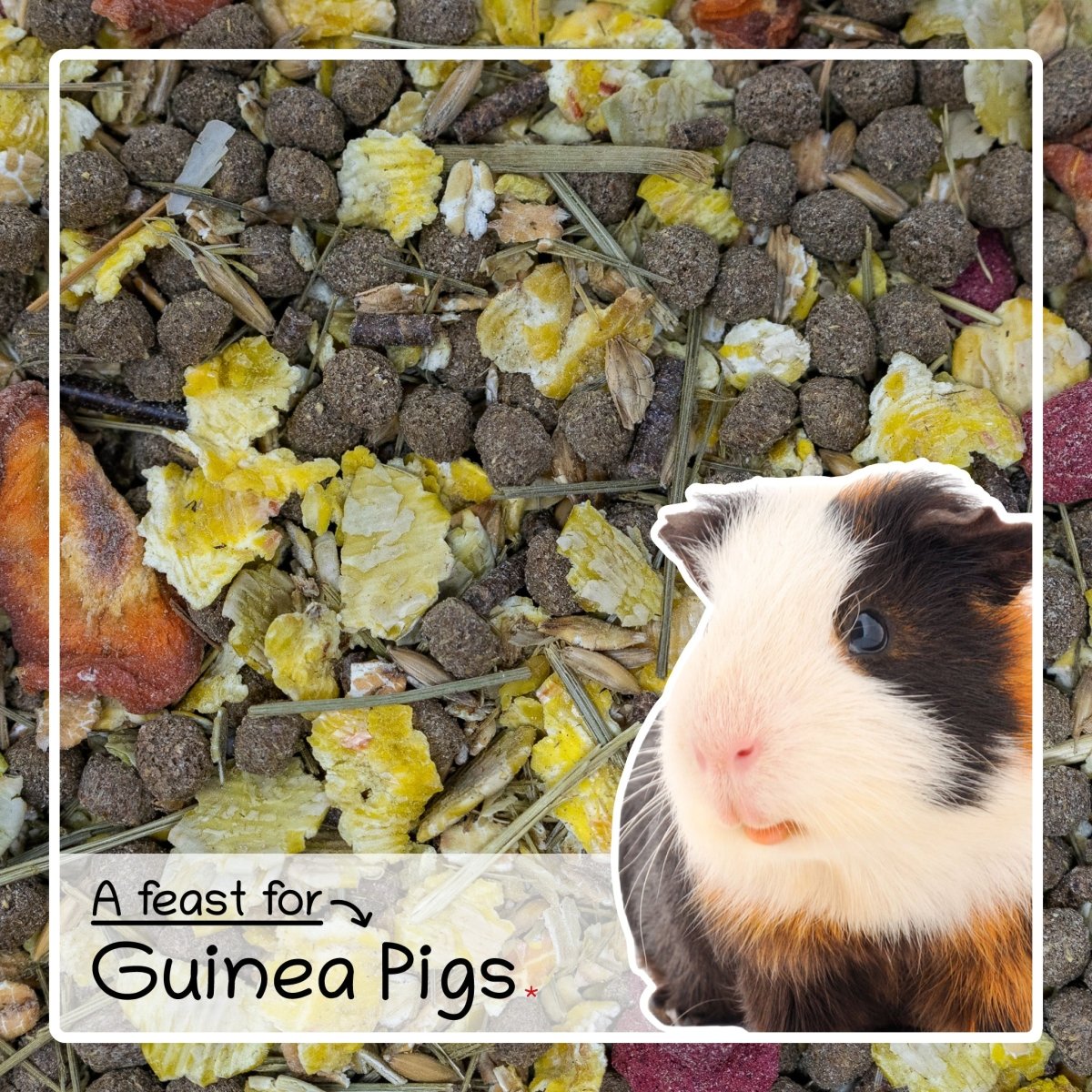
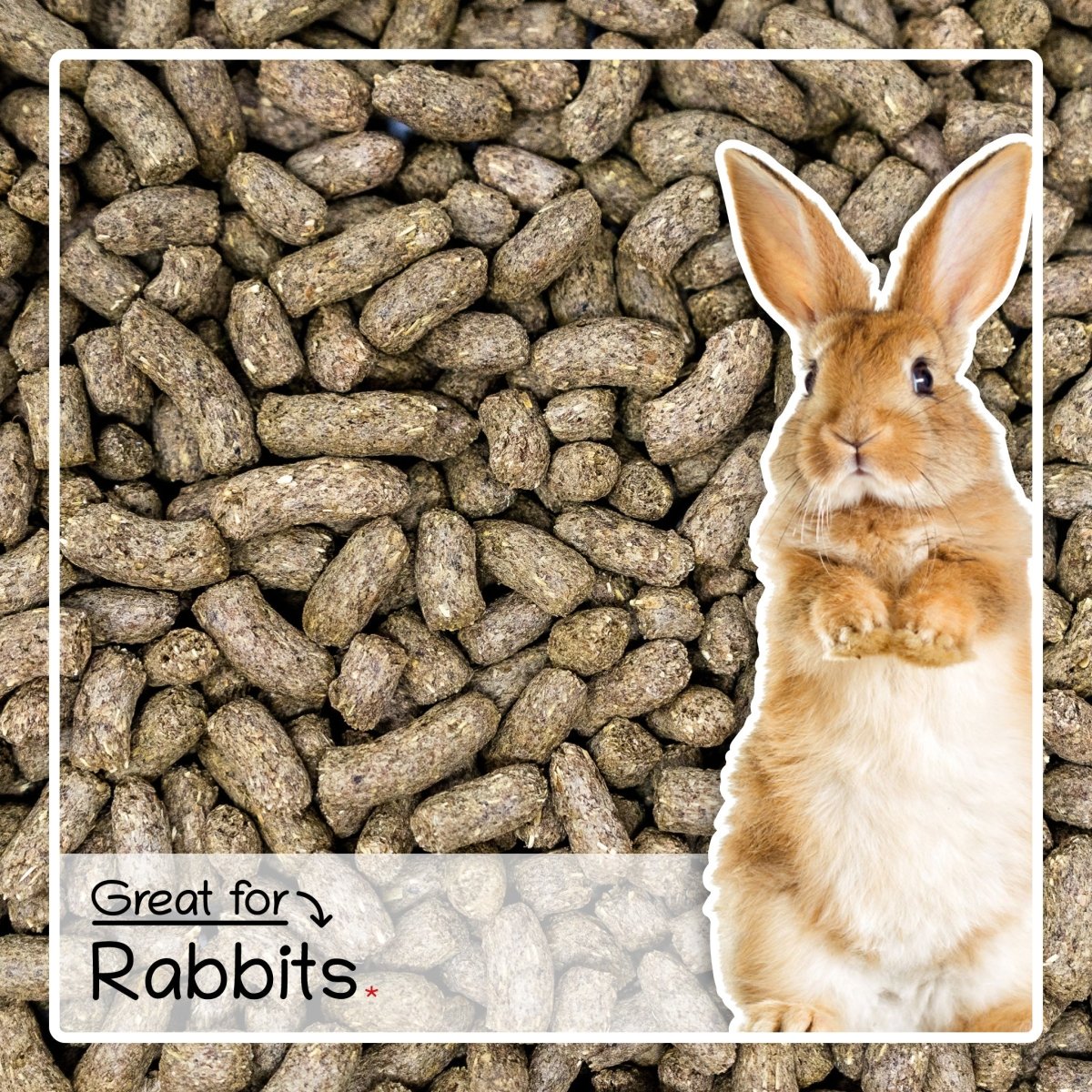
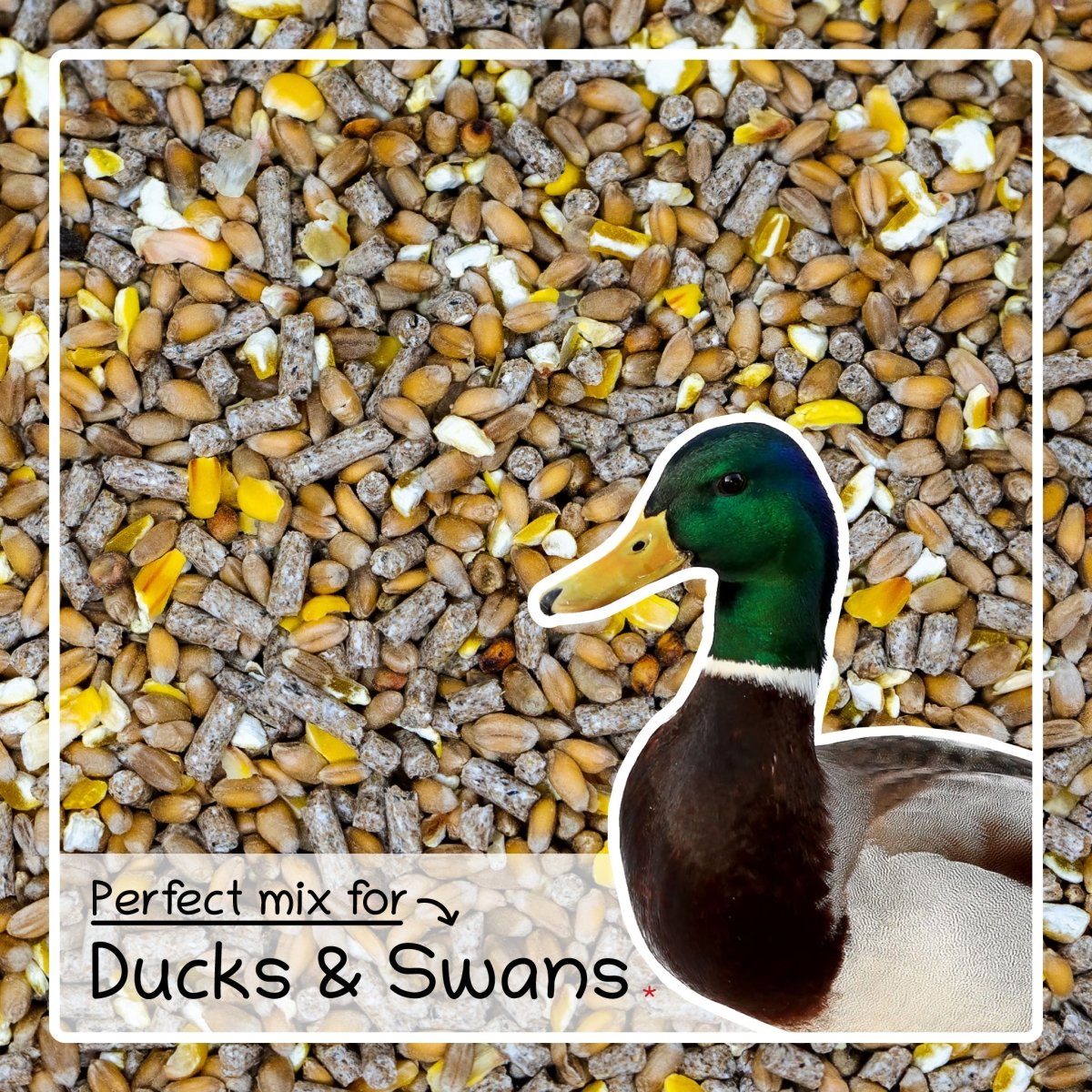
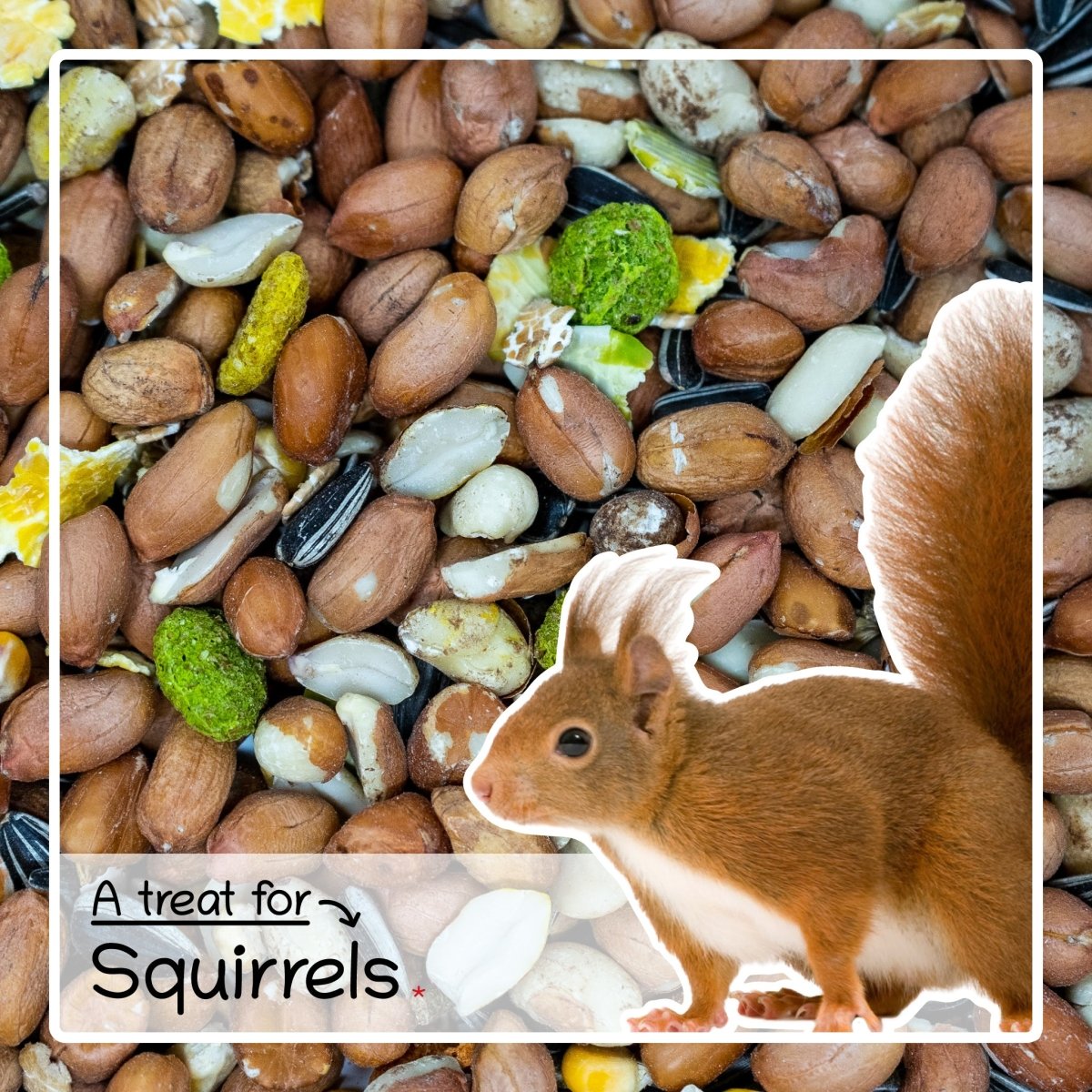


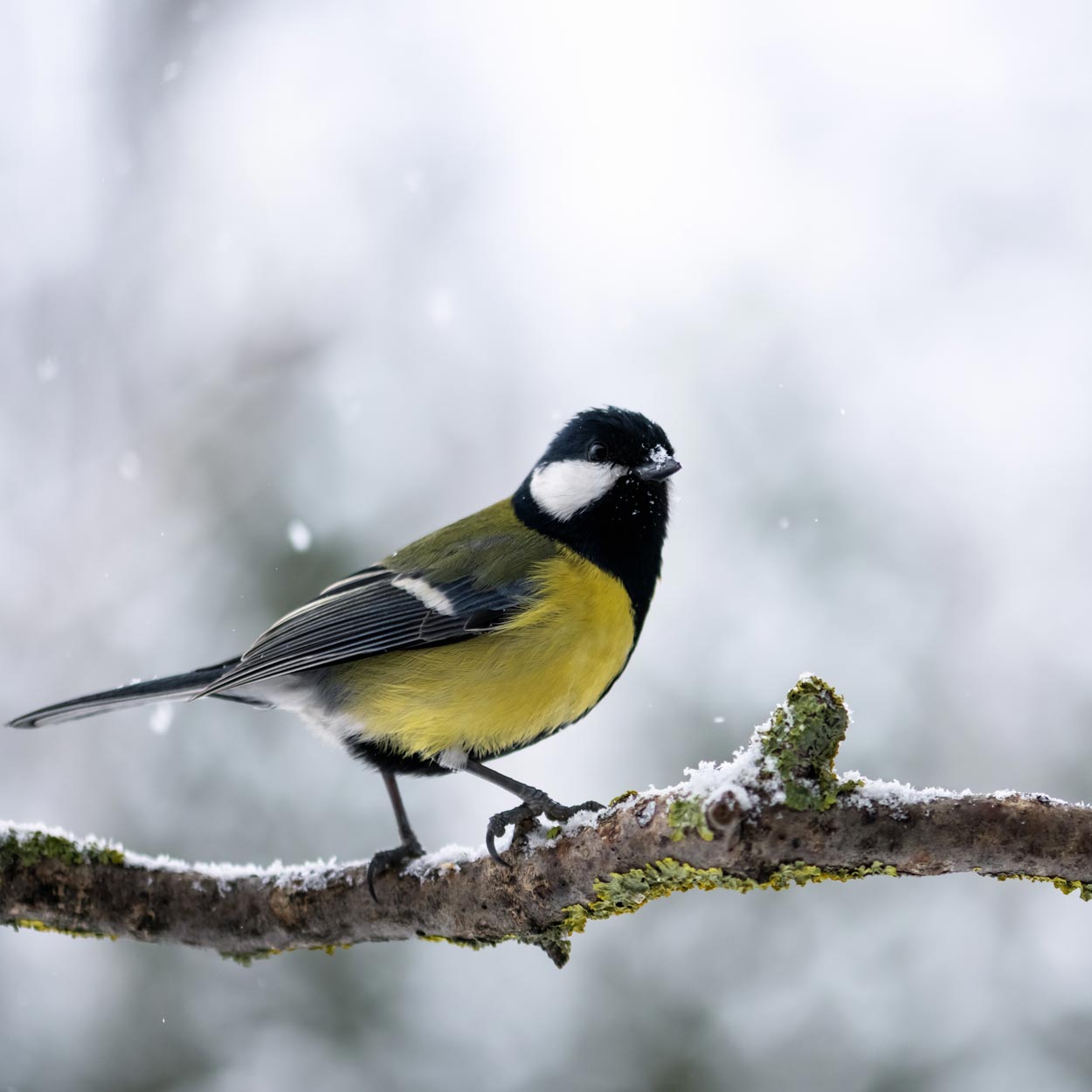
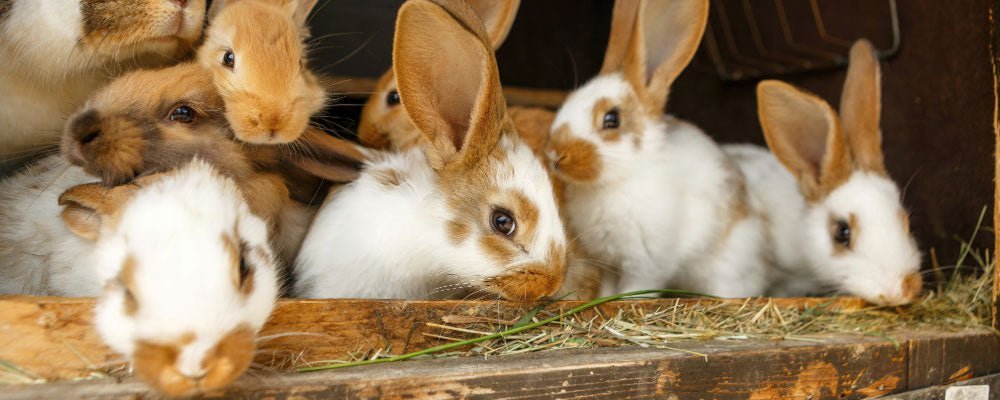
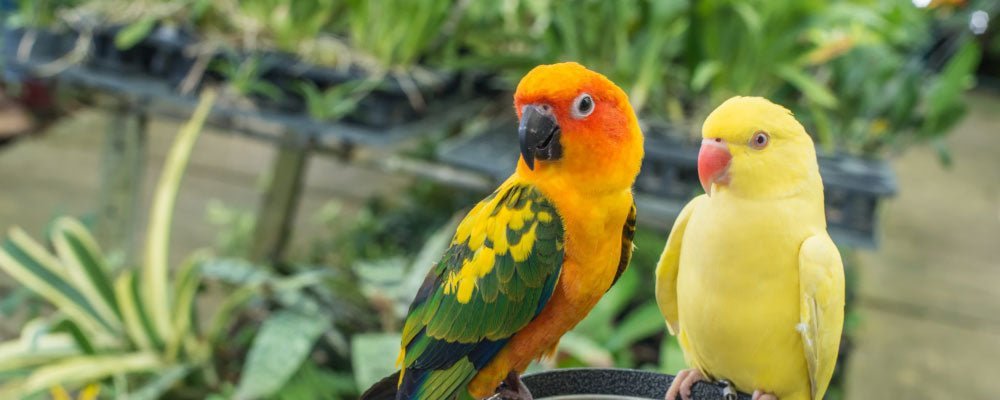
Leave a comment
This site is protected by hCaptcha and the hCaptcha Privacy Policy and Terms of Service apply.